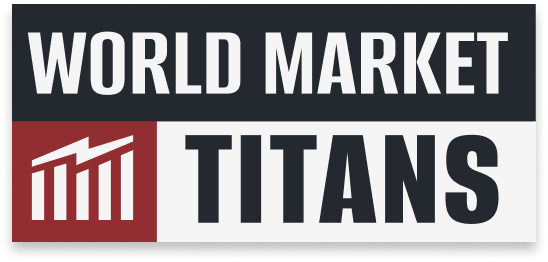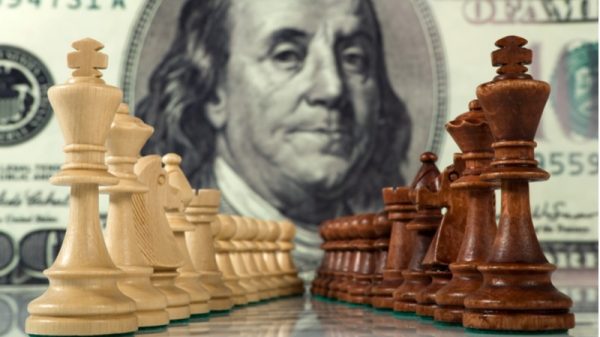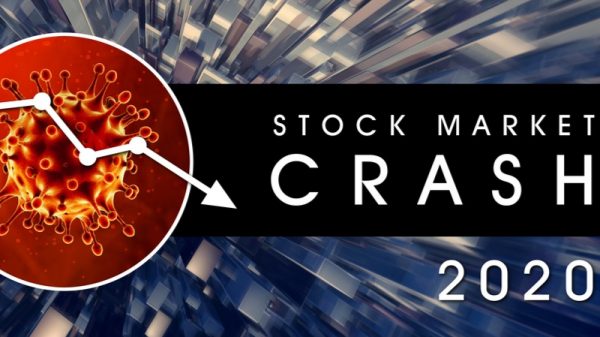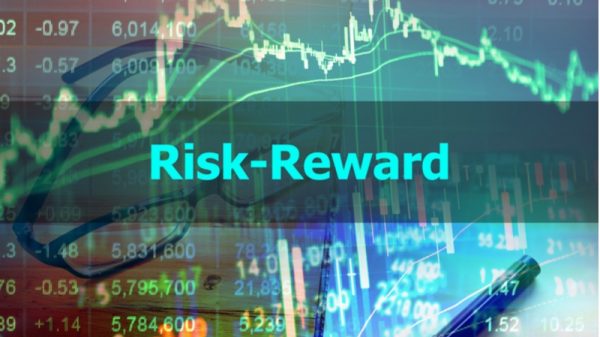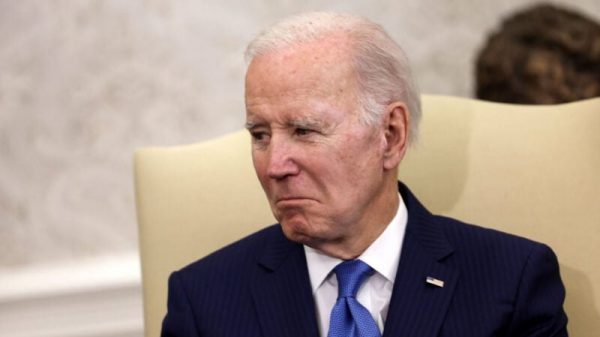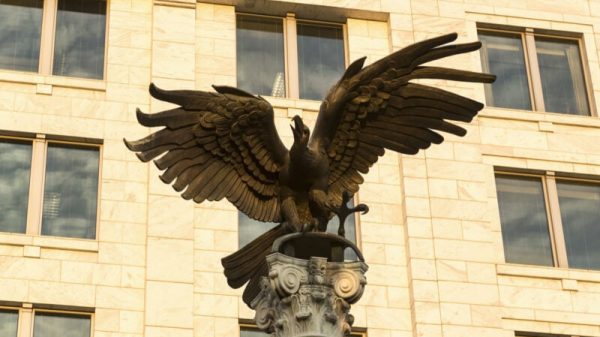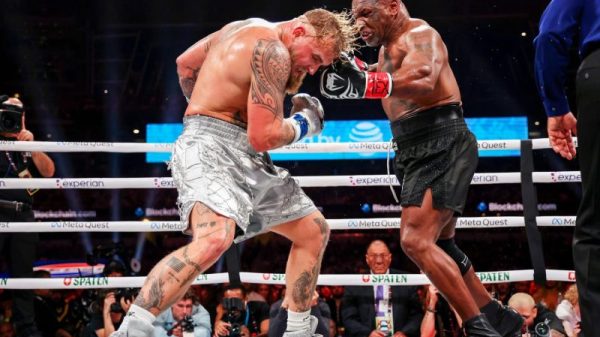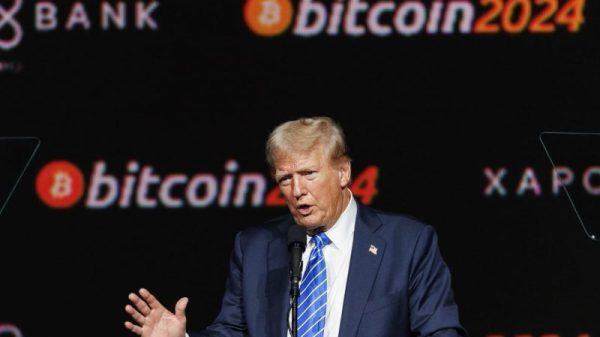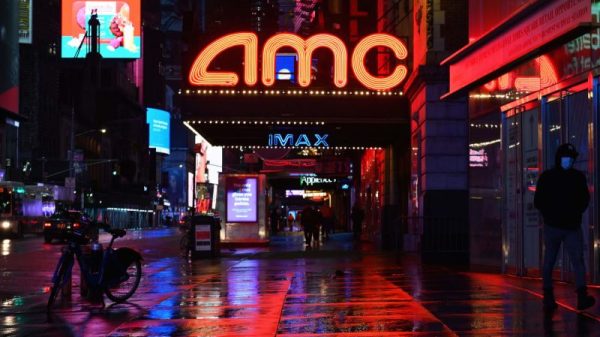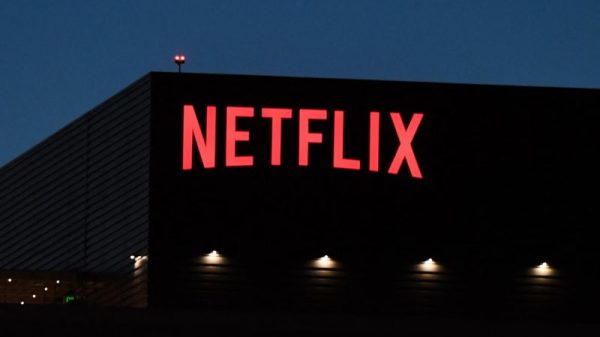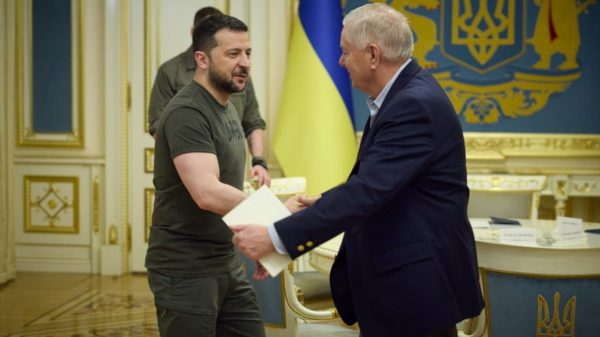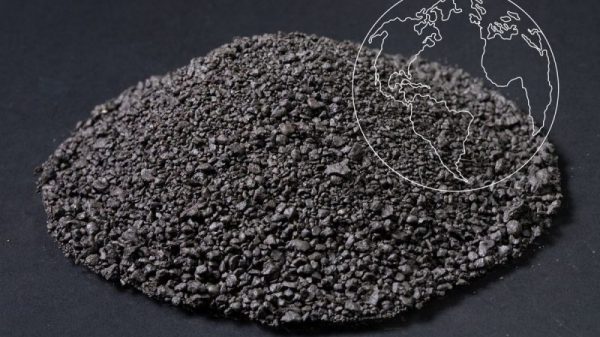‘Moneyness’ considers the strike price of an option versus the current stock price.
If exercising the option produces a ‘better’ result than if the option holder traded in the stock (if by exercising a call they obtained a discount versus current stock price) then the option is said to be in the money.
(This is as compared to at the money when strike price equals the stock price, or out of the money when call/put strike prices are higher/lower than stock prices).
In The Money Call Options
For example, consider a 130 IBM Call Dec 20 call option. This allows the option holder to buy IBM stock at $130/share anytime between now and Dec 2020.
Let’s suppose that the stock price is $134. The option allows the holder to exercise the option and buy the stock at a lower price – $130 – and hence this is said to be in-the-money.
In The Money Call Option P&L Diagram
(In reality they are unlikely to do this. As we shall see below, the option is likely to be valued at more than the $4 discount and hence it would make more sense, should they wish to own the stock, to sell the option and buy the stock at $135 – at a net cost of less than $130 – rather than exercising the option and buying at $130.)
In The Money Put Options
In The Money Put Option P&L Diagram
Alternatively, let’s look at a 140 IBM Dec 20 put option at the same time. As the option holder is able to sell IBM shares at a premium – $140 – to the current $134 stock price this option is in-the-money per the above definition.
Intrinsic Value
Intrinsic value is the amount of discount (call options) or premium (put options) that would be enjoyed if the option was exercised.
In the above examples, the call option has $4 ($134 less $130) of intrinsic value and the put has $6 ($140 less $134).
Effect On Options Valuation
Intrinsic value is the lowest an in the money option can be valued.
To see this consider if this was not the case. For example suppose the 130 IBM call Dec 20 above was valued at $3, despite its $4 of intrinsic value.
Well that would be a great deal if true. All a trader would have to do is buy the call for $3, exercise the option, buy the stock for $130 and sell immediately for $134, thus making a $1 risk free profit.
These risk free profits are called arbitrage and efficient markets price them away. In this case all the demand for the $3 options would increase their price until, at the very least, no arbitrage would be possible (ie above the intrinsic value of $4).
(A similar thing would happen if the put was valued at less than its $6 intrinsic value: an arbitrageur could buy the put and make a profit by buying stock, exercising the option and selling for a net $6. If the put was valued less than $6 they would, again, make a risk free profit).
In the money options will generally be valued at greater than intrinsic value before their expiry date.
We’ve already shown that they can’t be less than intrinsic value. But why not equal to it?
Again let’s look at the example above. It’s easiest to consider the put: suppose the 140 IBM Dec 20 was valued at exactly $6, its intrinsic value, with 3 months to go before expiry.
A crafty trader could buy the put and stock at the same time (a protective put) for $140. Should the price rise above $140 at expiry – to $150, say – they would let the put lapse and sell their stock at a $10 profit.
Should it be below $140 the 140 put would be exercised thus ensuring no loss. The resulting profit and loss diagram would therefore be:
Notice that at no point can the trader lose. The worse that could happen is for the stock to be below $140 and they not lose money. If, however, it was over $140 they would profit, at no risk of loss.
This is, again, would be traded away in the market. The put option would rise in value at more than the $6 to ensure the above risk free profit could not occur.
(The amount over intrinsic value is called extrinsic value and depends on several factors such as implied volatility and time to expiry).
In the money options’ values are therefore a mix of intrinsic and extrinsic value.
What Happens to ITM options at expiration?
If an option is in the money and approaching expiration, it is in its owner’s best interest to either sell or exercise the option regardless of whether they made money on it. Occasionally, however, an investor might be unavailable at the time or forget to do this.
If an investor does not resell or exercise an expiring option, the investor’s brokerage (or the Option Clearing Corporation) usually exercises the option automatically on the investor’s behalf. In the case of a call option, this means purchasing 100 shares of the underlying stock at the strike price. In the case of a put, this means selling 100 shares.
If the investor does not have enough money in their account (or enough shares in their possession) to exercise, the contract may be automatically exercised on margin (money borrowed from the brokerage), or the brokerage may attempt to contact the investor.
Conclusion
“In the money” and “out of the money” are phrases used to describe the intrinsic value of an option. As an options buyer, you want the contracts to be in the money (have intrinsic value). As a seller, you want options to expire without being exercised, so you want the contract you sell to be out of the money.
About the Author: Chris Young has a mathematics degree and 18 years finance experience. Chris is British by background but has worked in the US and lately in Australia. His interest in options was first aroused by the ‘Trading Options’ section of the Financial Times (of London). He decided to bring this knowledge to a wider audience and founded Epsilon Options in 2012.
